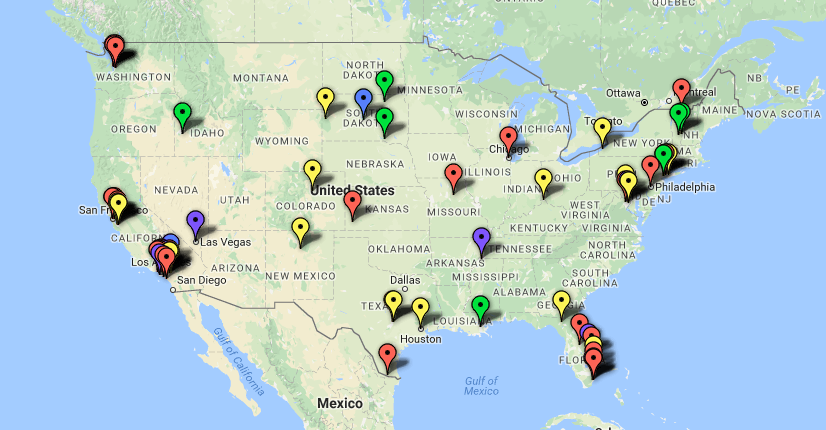A House of Representatives bill (H.R. 5992) on the immigrant investor program (EB-5) surfaced Friday and is due to be marked up (i.e., discussed and perhaps changed) in committee on Wednesday, September 14.
The signs are that a neater, cleaner and much better EB-5 program will emerge if this bill, or something like, it is passed. It was introduced by the Republican chairman and the ranking Democrat of the House Judiciary Committee, Rep. Robert Goodlatte (R-Va.) and John Conyers (D-Mich.).
Speed is important to the backers of the bill, as the key portion of the EB-5 program, the one that allows pooling of half million dollar investments, is due to sunset at the end of this month.
The bill is long and complex, running 123 pages, an estimated 50,000 words, and contains, as such documents do, many obscure references to existing law, and includes – in at least one instance – a single sentence that runs four and a half pages and some 1,800 words long. Further, the usual Congressional Research Service summary is not available at this writing and the EB-5 industry websites have yet to comment on it.
The authors of the bill have laid down a series of long overdue regulatory reforms, have eliminated the current role of foreign governments (such as the City of Shanghai) in the program, and made it less vulnerable to routine fraud. All of that's good, but it makes the bill that much more appealing to those with a superficial knowledge of the program (i.e. most of the House membership).
The authors have also – and I do not object to this if there must be such a bill – raised the ante from half a million to $800,000 as the minimal investment. If we are going to sell visas – a fundamentally terrible idea – we might as well get 60 percent more for them.
The law was set in motion back in 1993 as a way to bring foreign investment to rural and depressed areas, but a lax series of administrations, and a clever set of middlemen, have managed to steer the investments, too often, into Wall Street, Park Avenue, and Las Vegas glitzy real estate deals – deals that would have gone forward anyway, but with minimal interest rates being paid to the alien investors, deals that EB-5 makes more profitable for our 1 percent. Further, the program is also very vulnerable to fraud. We have written about this earlier and have created a map showing many, but not all, of the EB-5 fraud locations.
A major objective of EB-5 reformers is to eliminate the practice of economic gerrymandering, in which EB-5 middlemen draw maps that incorporate the location of the nice new hotel they are building and then range through the landscape to tie the hotel's area with often distant poverty-stricken areas, all of which are supposed to have unemployment rates 150 percent of the US average. The bill – as now written – would make a significant change in the location of EB-5 funded projects, eliminating the current gerrymandering. It does so by stating that each census tract in the proposed Targeted Employment Area must meet certain benchmarks of economic depression; in the existing system, the TEA, on average, must meet such benchmarks. In terms of verbiage the change appears minor, but it will, if passed, make a major change in the way the law operates.
There is also a new set-aside of 20 percent of the visas for investments in rural areas.
This posting has been edited since its original publication.

